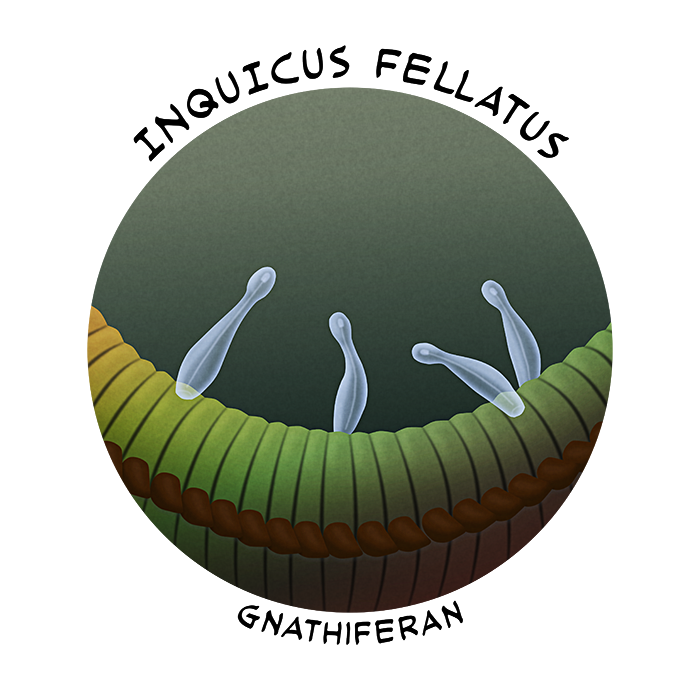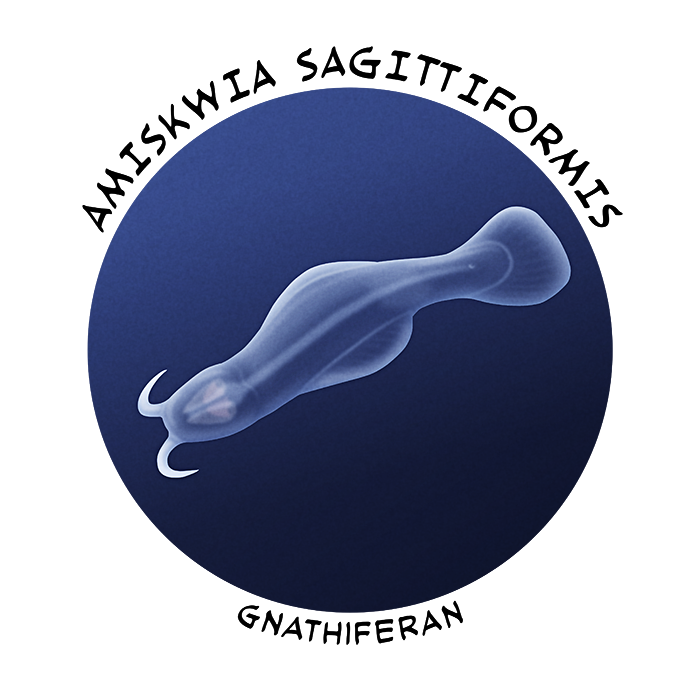Protostomes are the other major evolutionary branch of bilaterian animals, and by far the most numerous with over a million known modern species (and probably several times more than that still undiscovered). This lineage is distinguished from the deuterostomes based on both embryo development and genetic studies, with the two groups estimated to have shared a common worm-like ancestor sometime back in the Ediacaran Period.
For the rest of this month we’ll be featuring the spiralians, a branch of the protostomes that includes modern annelid worms, molluscs, and brachiopods. Meanwhile their cousins the ecdysozoans will be the focus of the entire second month of this series, later this summer, due to their incredibly rich Cambrian fossil record.
The earliest spiralians must have diverged from other protostomes more than 558 million years ago, if Kimberella and Namacalathus really were early members of the group, but more definite fossils only appear at the start of the Cambrian (~541 million years ago) with protoconodont “teeth” – once thought to be from early vertebrates, but now recognized as probably being jaw elements from a group of spiralians known as gnathiferans.
Gnathiferans include jaw worms, micrognathozoans, arrow worms, and rotifers, and are characterized by having complex mouthparts made of chitin. The fossil record for most of them is very poor, but along with protoconodont elements there are a few exceptionally well-preserved Cambrian examples of early members of this lineage.

Inquicus fellatus is known from the Chinese Chengjiang fossil deposits (~518 million years ago). About 3mm long (0.12″) and shaped like a bowling pin, it seems to have been a stem-gnathiferan possibly related to both rotifers and arrow worms.
Its fossils have been found attached onto palaeoscolecid armored worms like Cricocosmia jinningensis, in what appears to have been a commensal relationship. Inquicus attached itself by a disc at the tip of its tail, didn’t seem to penetrate the worm’s skin, and its mouth faced away to feed from the water around them – so it probably wasn’t harming its host, instead at most being a bit inconvenient in cases where worms were carrying at least 15 of these “passengers”.

Amiskwia sagittiformis is known from a small number of specimens in the Canadian Burgess Shale fossil deposits (~508 million years ago), with an even rarer related species Amiskwia sinica also known from Chengjiang (~518 million years ago).
For a long time its classification was a paleontological mystery, but some new specimens with better preservation seem to have finally revealed its identity – it was a gnathiferan, and possibly part of a stem lineage of early jaw worms.
Reaching about 2.5cm long (1″), it had a flattened body with two side fins and a paddle-like tail fin, a rounded head tipped with two tentacles, and complex mouth apparatus with jaw-worm-like teeth. It was probably an active swimmer that spent most of its time high in the water column well above the sea bed, potentially explaining why it so rarely fossilized even in places of exceptional preservation.
